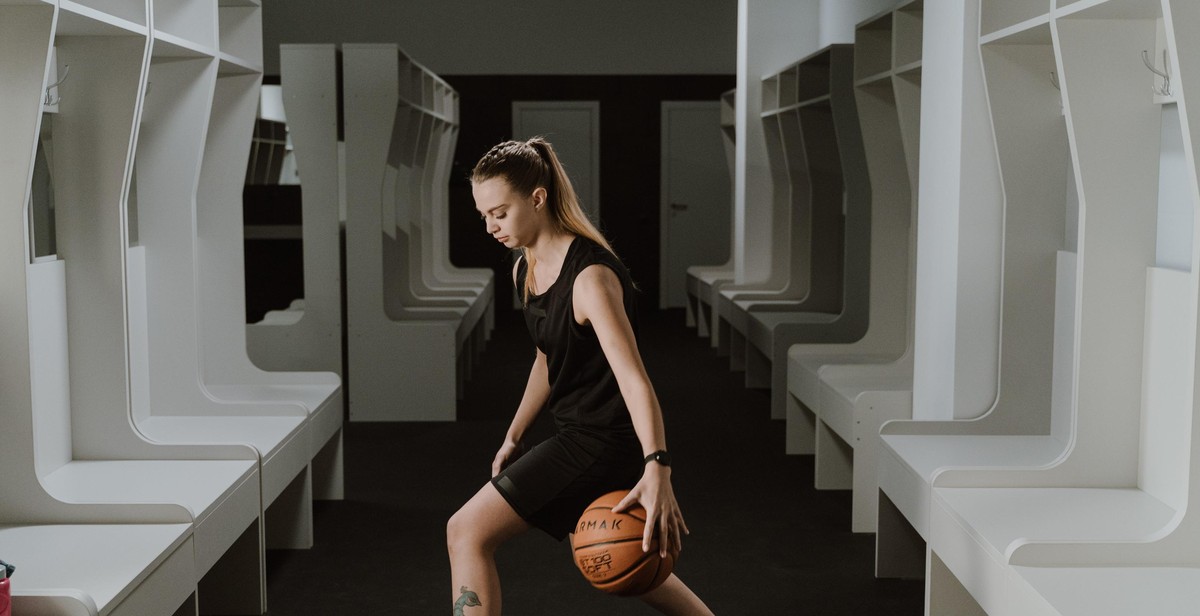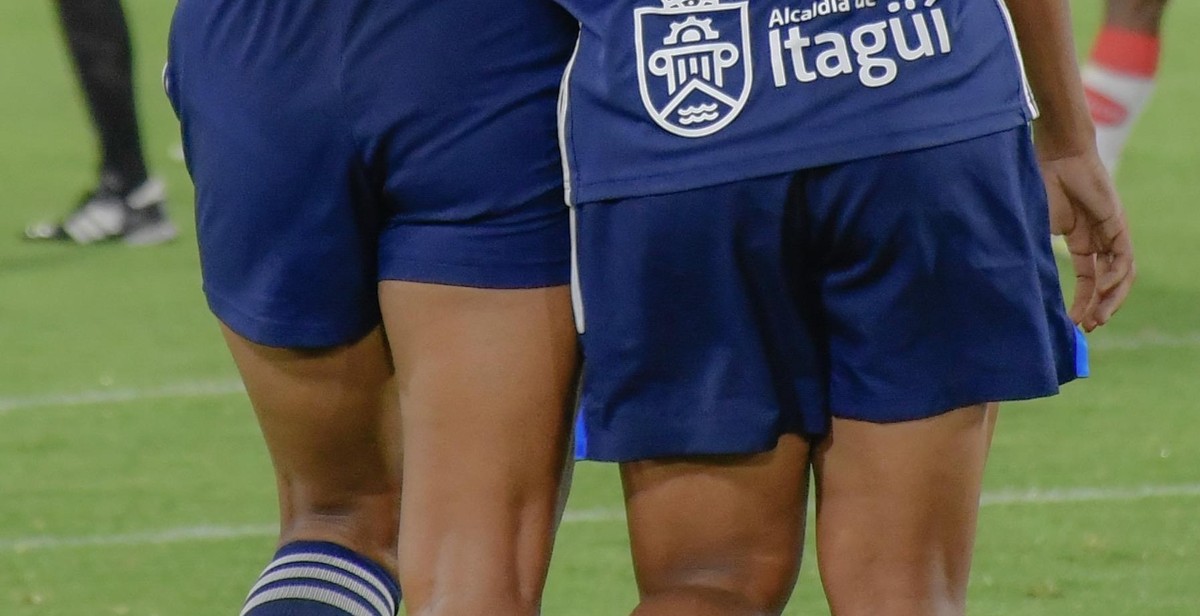How to Develop Soccer Dribbling Skills: Drills for Close Ball Control and Change of Direction
As a professional soccer player, I have spent countless hours working on my dribbling skills. Dribbling is a crucial skill in soccer as it allows players to maintain possession of the ball, create scoring opportunities, and evade defenders. However, developing these skills takes time, effort, and patience. In this article, I will share some of the drills that I have used to improve my close ball control and change of direction.
Close Ball Control Drills
Close ball control is essential for dribbling in tight spaces and maintaining possession of the ball. These drills are designed to improve your touch and control of the ball.
- Cone Dribbling Drill
- Figure 8 Dribbling Drill
- Inside-Out Dribbling Drill
Change of Direction Drills
Changing direction quickly and efficiently is crucial for getting past defenders and creating scoring opportunities. These drills focus on improving your agility, balance, and footwork.
- Ladder Drill
- Box Drill
- 1v1 Change of Direction Drill
By incorporating these drills into your training regimen, you can improve your dribbling skills and become a more effective player on the field.

Why Dribbling is Important in Soccer
Dribbling is an essential skill in soccer that allows players to maintain possession of the ball while maneuvering around opponents. It involves controlling the ball with the feet and moving it in different directions while maintaining close ball control. Dribbling is important in soccer for several reasons:
- Creating scoring opportunities: Dribbling allows players to create scoring opportunities by penetrating the opponent’s defense and creating space for a shot on goal.
- Breaking down the opponent’s defense: Dribbling can help break down a tight defense by forcing defenders to commit and creating opportunities for teammates to move into space.
- Maintaining possession: Dribbling helps players maintain possession of the ball and avoid turnovers that can lead to a counter-attack by the opponent.
- Changing the tempo of the game: Dribbling can be used to change the tempo of the game by slowing it down or speeding it up depending on the situation.
Effective dribbling requires close ball control, quick feet, and the ability to change direction quickly. It is a skill that can be developed through practice and repetition of specific drills that focus on improving close ball control and change of direction.
By mastering dribbling skills, players can become more confident and effective on the field, leading to improved performance and a better overall team performance.

Basic Soccer Dribbling Techniques
Dribbling is a crucial aspect of soccer that enables players to maintain ball possession while moving around the field. The following basic soccer dribbling techniques will help you develop close ball control and change of direction.
Inside Cut
The inside cut is an effective technique for changing direction while dribbling. To perform an inside cut, approach the defender at a slight angle, plant your non-dominant foot, and cut the ball with the inside of your dominant foot to move in the opposite direction. Keep the ball close to your feet and accelerate away from the defender.
Outside Cut
The outside cut is another technique for changing direction while dribbling. To perform an outside cut, approach the defender at a slight angle, plant your dominant foot, and cut the ball with the outside of your dominant foot to move in the opposite direction. Keep the ball close to your feet and accelerate away from the defender.
Cruyff Turn
The Cruyff turn is a deceptive technique that can be used to fool defenders. To perform a Cruyff turn, approach the defender as if you are going to shoot or pass the ball. Instead, plant your dominant foot beside the ball and drag it behind your non-dominant foot. Quickly turn your body and accelerate away from the defender with the ball at your feet.
| Technique | Description |
|---|---|
| Inside Cut | Plant non-dominant foot and cut ball with inside of dominant foot to change direction. |
| Outside Cut | Plant dominant foot and cut ball with outside of dominant foot to change direction. |
| Cruyff Turn | Fake a shot or pass, plant dominant foot beside ball, drag behind non-dominant foot, and turn body to accelerate away from defender. |
Practicing these basic soccer dribbling techniques regularly will help you improve your close ball control and change of direction on the field.

Drills for Close Ball Control
Close ball control is a fundamental skill in soccer that requires a lot of practice to master. Here are three drills that can help you improve your close ball control and change of direction:
Cone Weave Drill
The cone weave drill is a classic exercise that helps players develop their close ball control and change of direction. To perform this drill, set up a row of cones about one yard apart from each other. Dribble the ball through the cones in a zigzag pattern, using both feet to control the ball. Focus on keeping the ball close to your body and changing direction quickly.
Figure 8 Drill
The figure 8 drill is another great exercise for developing close ball control and change of direction. Set up two cones about 5 yards apart from each other. Dribble the ball around one cone in a figure 8 pattern, using both feet to control the ball. Once you complete the figure 8 around the first cone, dribble the ball around the second cone in the opposite direction. Repeat this pattern for several repetitions, focusing on keeping the ball close to your body and changing direction quickly.
T-Cone Drill
The T-cone drill is a challenging exercise that requires players to quickly change direction while maintaining close control of the ball. Set up three cones in the shape of a “T”, with the top of the T about 5 yards away from the bottom. Start at the top of the T and dribble the ball down to the bottom cone, making a sharp turn around the cone and dribbling back up to the top. Once you reach the top, dribble to the right or left cone, make a sharp turn, and dribble back to the top. Repeat this pattern for several repetitions, focusing on keeping the ball close to your body and changing direction quickly.
| Drill | Objective | Setup |
|---|---|---|
| Cone Weave Drill | Develop close ball control and change of direction | Set up a row of cones about one yard apart from each other |
| Figure 8 Drill | Develop close ball control and change of direction | Set up two cones about 5 yards apart from each other |
| T-Cone Drill | Develop close ball control and change of direction | Set up three cones in the shape of a “T” |

Drills for Change of Direction
Developing close ball control and the ability to change direction quickly is crucial for soccer players. Here are three effective drills to improve your change of direction skills:
L-Drill
The L-Drill is a classic drill used by soccer coaches to improve agility, balance, and coordination. It involves setting up cones in the shape of an L and dribbling the ball around them as quickly as possible. Here are the steps to follow:
- Set up four cones in the shape of an L, with each cone 5-10 yards apart.
- Start at the bottom of the L, dribble the ball around the first cone, then cut sharply and sprint to the second cone.
- Dribble around the second cone, cut sharply again, and sprint to the third cone.
- Dribble around the third cone, cut sharply one more time, and sprint to the end of the L.
- Repeat the drill several times, trying to improve your time with each attempt.
Zig-Zag Drill
The Zig-Zag Drill is another effective drill for improving change of direction skills. It involves dribbling the ball in a zig-zag pattern around cones. Here’s how to do it:
- Set up five cones in a straight line, with each cone 5-10 yards apart.
- Start at the first cone and dribble the ball around it, then quickly change direction and dribble to the second cone.
- Dribble around the second cone, then quickly change direction and dribble to the third cone.
- Continue this pattern until you reach the end of the line of cones.
- Repeat the drill several times, trying to improve your time with each attempt.
Stepover Drill
The Stepover Drill is a great way to improve your footwork and change of direction skills. It involves dribbling the ball in one direction while performing a stepover move with your other foot. Here’s how to do it:
- Start by dribbling the ball in one direction.
- As you approach a defender or cone, perform a stepover move with your other foot.
- Quickly change direction and continue dribbling in the opposite direction.
- Repeat the drill several times, alternating the foot you use to perform the stepover move.
These three drills are highly effective for improving your change of direction skills. Incorporate them into your training routine and you’ll see a noticeable improvement in your close ball control and agility on the field.

Tips for Improving Soccer Dribbling Skills
Developing soccer dribbling skills requires consistent practice and dedication. Here are some tips to help you improve your close ball control and change of direction:
Practice with Both Feet
One of the key elements of successful dribbling is the ability to use both feet. Practice dribbling with your weaker foot as well as your dominant foot. This will improve your overall ball control and make it harder for defenders to predict your next move.
Use Your Body to Shield the Ball
When dribbling, use your body to protect the ball from defenders. Keep your body between the ball and the defender and use your arms to create space. This will make it harder for defenders to steal the ball from you.
Keep Your Head Up
It’s important to keep your head up when dribbling so you can see the field and anticipate the movements of your teammates and opponents. This will help you make better decisions and avoid running into defenders.
By incorporating these tips into your soccer dribbling drills, you can improve your close ball control, change of direction, and overall performance on the field.

Conclusion
Developing soccer dribbling skills takes time, patience, and practice. Whether you are a beginner or an experienced player, there is always room for improvement. By incorporating the drills mentioned in this article, you can enhance your close ball control and change of direction.
Remember These Key Points
- Keep your eyes up and aware of your surroundings while dribbling.
- Use both feet to improve your weak side.
- Practice dribbling in tight spaces and under pressure.
- Be creative and unpredictable with your moves to keep defenders guessing.
Final Thoughts
As with any skill, mastering soccer dribbling takes time and effort. However, by consistently practicing these drills and keeping these key points in mind, you can become a more confident and effective dribbler on the field. Don’t be afraid to make mistakes and try new things – that’s how you’ll grow as a player.
| Drill | Purpose |
|---|---|
| Figure 8 | Improve close ball control and footwork |
| Inside-Out | Develop change of direction skills |
| Double Box | Enhance dribbling under pressure |
| 20 Cone Drill | Improve overall dribbling ability |
Remember to have fun and enjoy the process of developing your soccer dribbling skills. With dedication and hard work, you can become a standout player on the field.
